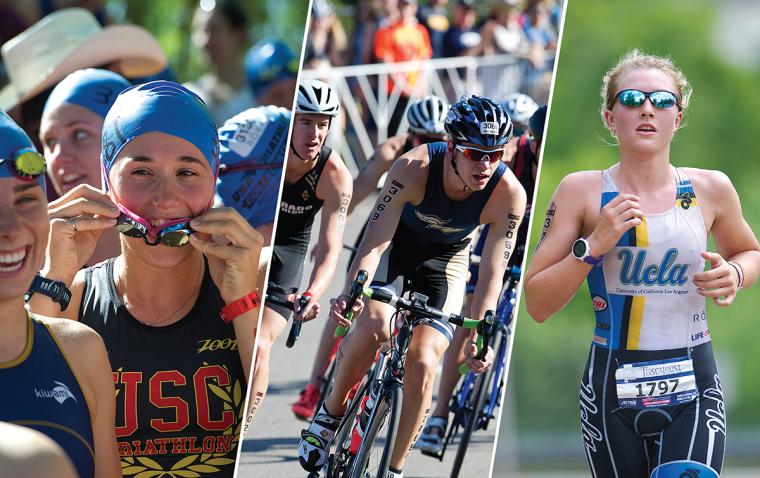
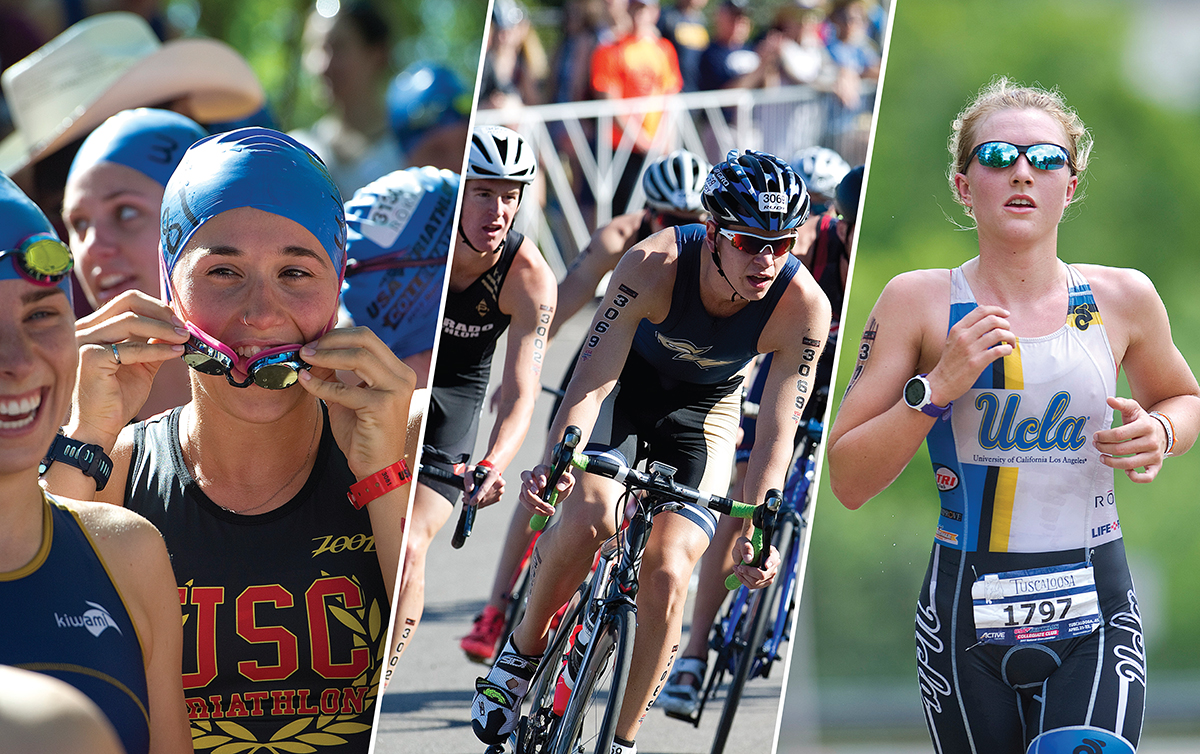
In 2018, we saw participation hold relatively steady vs. decline for the first time in years, which is a great indication of the sport’s future growth. USA Triathlon is focused on increasing triathlon participation through the Time to Tri initiative, in partnership with IRONMAN. In addition, we are focused on better serving our existing community, including athletes, coaches, clubs, race directors and officials, to increase the overall health of our sport and keep our more than 4,300 nationwide sanctioned events thriving.
Demographic Triathlon Trends
USA Triathlon’s membership is currently about 39 percent women. While we have a long-term goal of reaching an even split, our short-term goal in our 2020 Quad Strategic Plan is to increase that number from 39 to 42 percent. We have several initiatives in place to achieve this, including the launch of our first-ever women’s microsite at usatriathlonwomen.com. The site includes a women’s race calendar, a listing of women’s triathlon clubs nationwide, women’s-specific training tips and inspiring athlete stories from women of all competitive levels.
We’ve been following some other trends as well. Participation in the disciplines of aquabike (swim-bike) and duathlon (run-bike-run) grew from 2017 to 2018, showing that our community is receptive to these niche disciplines and that we have a real opportunity to grow these types of races.
Triathlon participation is also growing in the older age groups, from 60-64 all the way up to 90-94 (the only exception being 85-89, which only dropped from 47 to 43 participants). This shows loyalty to our sport in that many athletes who got into the sport in middle age are still racing as they reach these older age groups. However, it also challenges us to think of new and innovative ways to reach younger athletes — which is one reason why we’re working on launching our first-ever virtual triathlon in the coming months.
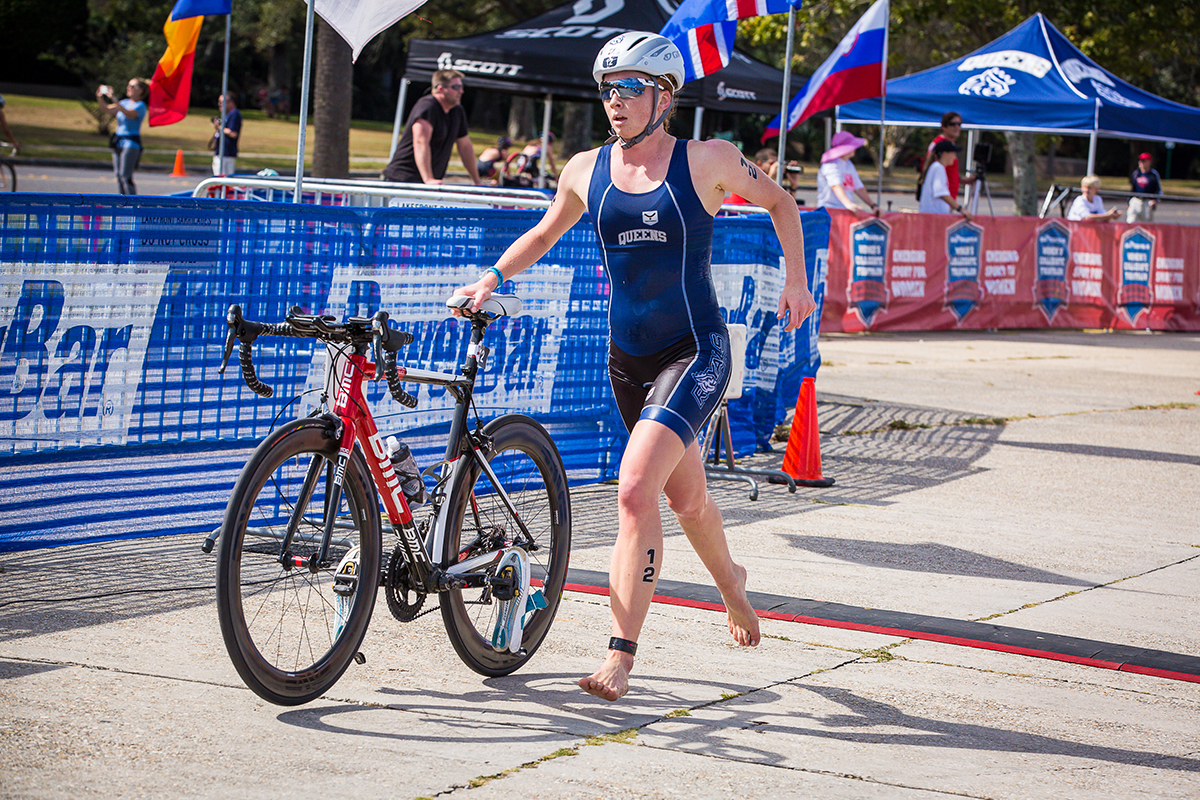
Growing Participation
In January 2018, we launched Time to Tri, a three-year, industry-wide initiative. Under the Time to Tri umbrella, we are hosting mini triathlon clinics and info sessions at Rock ‘n’ Roll Marathon and Rock ‘n’ Roll Half Marathon expos across the country in an effort to recruit runners to their next challenge — a triathlon. We are working to increase the number of indoor triathlons available across the U.S., since we know this is an excellent way for a newbie to finish their first triathlon in a non-intimidating setting.
We have worked with race directors across the country to offer first-timer discounts, beginners-only swim waves, learn-to-tri clinics and other resources to lower the barrier to entry for first-time triathletes. In addition, we are also working on repositioning the brand of triathlon through our marketing and communications vehicles.
We’re focusing on the feeling of accomplishment and empowerment that triathletes of any level achieve when they cross the finish line of a triathlon. We’re showcasing the amazing places that triathlon can take you, from a beautiful running trail in your backyard to a destination race across the world. We’re less concerned with membership growth than widening our multisport community. We’re driven to introduce the sport to those who may never have thought it possible to call themselves triathletes.
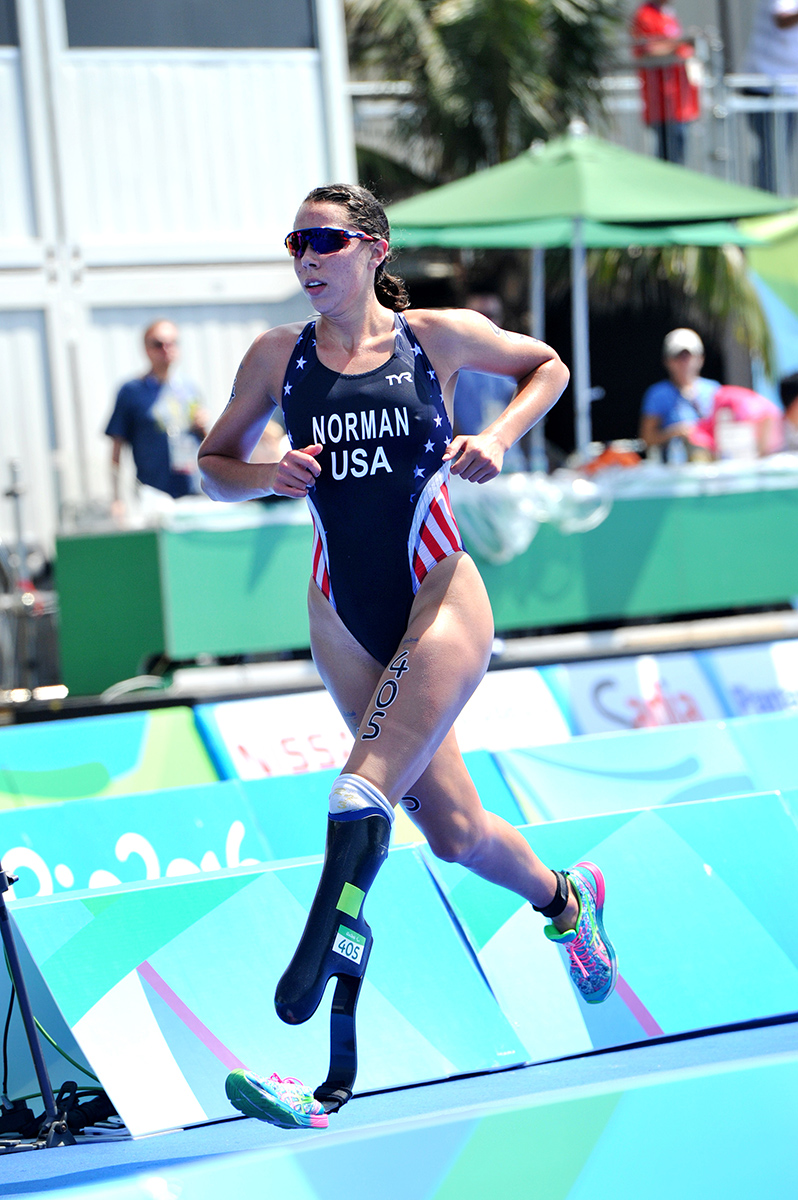
Currently, triathlon is a varsity sport for women at 29 colleges and universities nationwide. College triathlon programs are available in schools in all divisions — we currently have six Division I programs, 12 Division II and 11 Division III.
Triathlon is an NCAA Emerging Sport for Women, and USA Triathlon must recruit at least 40 schools to add varsity programs by 2024 to achieve full-fledged NCAA Championship Sport status. The 40-school standard, by the way, applies to all divisions combined.
As mentioned, USA Triathlon has a deadline of 2024 to reach 40 schools. However, the NCAA does have some discretion — for example, there’s a possibility that we could still achieve championship sport status before reaching 40 as long as we are showing continued progress toward the goal. There is also the possibility that we exceed 40, but the NCAA determines that we haven’t demonstrated enough sustainability yet to achieve championship status, in which case we would continue as an Emerging Sport for a longer period of time.
USA Triathlon has several strategies for recruiting schools to add women’s varsity triathlon. We present to collegiate conferences, athletic directors and coaches at conferences and symposiums across the country. We work with USA Triathlon members who are interested in helping us with the effort by introducing us to university leadership through their personal and professional connections. We reach out directly to colleges and universities that might be a good fit to receive our USA Triathlon Foundation Women’s Emerging Sport Grant. We’ve even hosted athletic directors at U.S.-hosted collegiate and elite triathlon events to give them a better understanding of the sport, especially the draft-legal racing format. Finally, we assist current varsity programs with their recruitment efforts by hosting high school triathlon combines, working with national federations of other countries to reach international athletes, etc. These are just a few examples, but we are always looking for new opportunities to get in front of potential schools with the Emerging Sport opportunity.
USA Triathlon currently hosts College Club Nationals; however, if women’s triathlon achieves NCAA Championship Sport status, our organization will continue to operate those championships. We have a thriving collegiate club system with more than 120 clubs and thousands of athletes. The women’s varsity movement won’t cause this system to go away — and may even help fuel it. For example, schools with varsity programs can develop a club-level team that would still be eligible to compete at Collegiate Club Nationals. We also want to continue enabling the many schools without varsity triathlon programs to have club-level teams and participate in Collegiate Club Nationals.
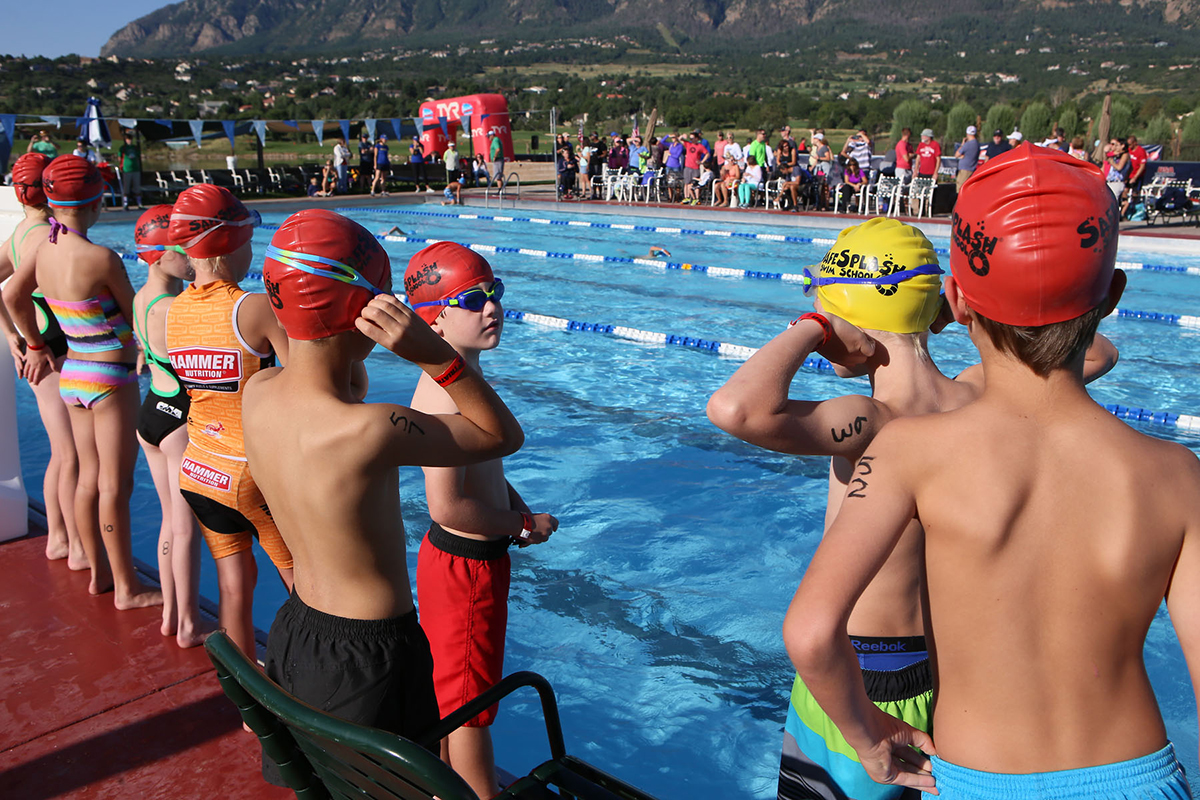
This year, USA Triathlon announced the inaugural Youth Series, with both aquathlon and triathlon events. The Splash & Dash Youth Aquathlon Series (a two-sport event of running and swimming with the focus on participation over competition) saw record participation in 2018, with 2,400 youth taking part in more than 50 events nationwide. With the addition of the National Youth Series (typically including a 100-400-meter swim, 2-10K bike ride, and 1-2.5K run), both are intended to expose youth to the basic elements of triathlon while providing a unique sense of accomplishment. We look forward to introducing even more youth to multisport, and we’re on track to have another record-breaking year.
Both types of event are popular, perhaps because they appeal to different kids. For instance, the Splash & Dash is very beginner-friendly, as it doesn’t require a bike! This is a great fit for kids who may be part of a local swim team or running club and it allows them to easily jump into their first multisport event. Youth triathlons are also very beginner-friendly, as the distances are youth-appropriate (much shorter than adult sprint-distance triathlons), so they are still popular among newbies. The most competitive youth, however — those who have goals of competing at the youth elite or junior elite level — are more likely to sign up for a triathlon than a Splash & Dash so they can practice racing on a bike and refining their skills in the three-sport event.
We see lots of repeat participants, especially at events that return to the same community and venue year after year. This speaks to the quality of the facility, the approachable-yet-challenging format of the race, the child’s positive experience and feeling of accomplishment and the safe and supportive environment created for kids and their families. SDM

